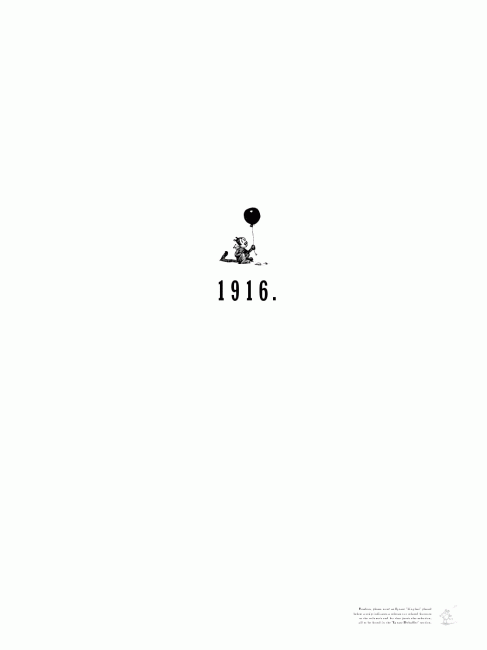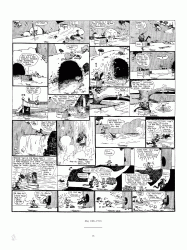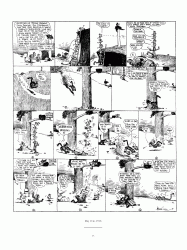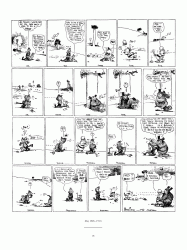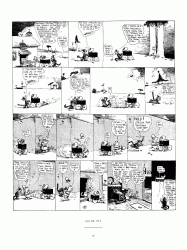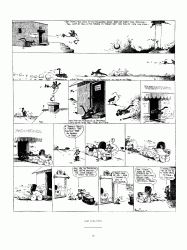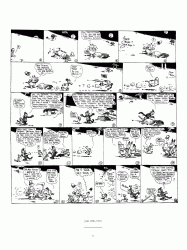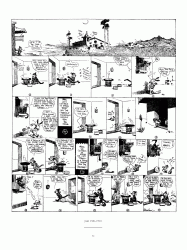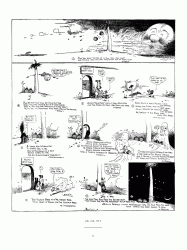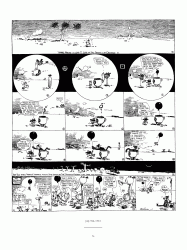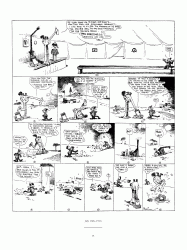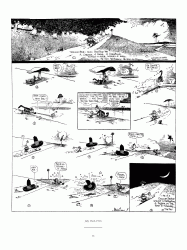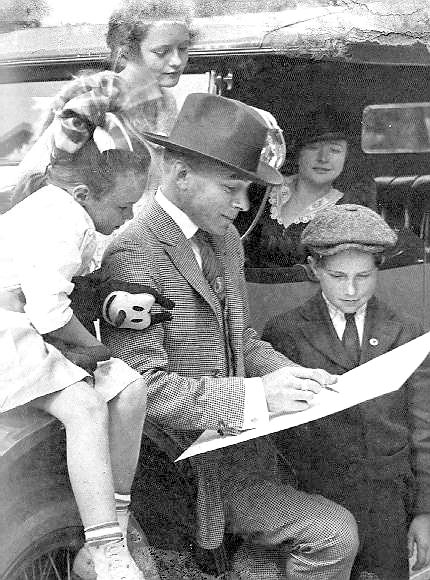
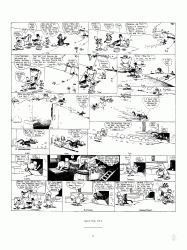
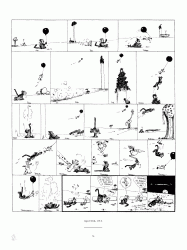
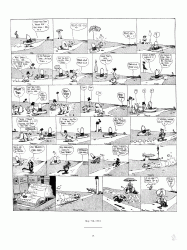
George Herriman
Selected Works: Krazy & Ignatz 1916-1918: “Love in a Kestle or Love in a Hut” , Krazy & Ignatz 1925-1926: “There is a Heppy Land Furfur A-waay”
, Krazy & Ignatz 1925-1926: “There is a Heppy Land Furfur A-waay”
Last year, I discovered All-Negro Comics and was stunned to find that there were comics created by and for black people in the ’40s. This past year, I finally started paying attention to George Herriman, and my mind was blown once again. Herriman’s Krazy Kat was #1 on The Comics Journal‘s list of 20th century American comics and is widely loved by what seems to be everyone ever. The Ignatz Awards at Small Press Expo are named after the mouse from Krazy Kat. If you take a look at the history of comics, there’s a black guy right there in the early days. That’s wild, and it somehow never really settled in my mind. I didn’t just hear about Herriman, but somehow, the fact that he was black never managed to settle in my head.
Krazy Kat, though. I burned through 1916-1918, and for strips that are pushing 100 years old, they’ve aged fantastically well. I wasn’t expecting to see Herriman playing with panel layouts or having non-clunky dialogue with clever wordplay. The language is really what hooked me, even with how much I like how Herriman experiments with layouts and formula. Krazy mumbles and rambles, building a complex world of words that sit just to the left of ours. Herriman throws “quotes” around seemingly random terms, just like Kirby did. There’s even a bit of Brian Azzarello-esque wordplay at work in certain strips, like the vagrant William Bee, alias “Bum Bill.”
I’ve been losing faith in the mainstream’s ability to appeal directly to black readers, but Herriman serves as a reminder that there has almost always been an alternative. When something isn’t floating your boat, it’s time to find another something.


